
One of the worst nightmares for guests has been an experience of food poisoning after eating in a restaurant or some other hospitality facility. The price a restaurateur pays for not taking care of hygiene and cleanliness of a hospitality facility is very expensive.
Food hygiene ratings have a greater impact over a diner’s choice of venue than customer service.
Shiny cooker hoods, stain-free carpets, clean kitchen areas, eating and dining areas, washrooms, and beautiful exteriors – a lot goes into maintaining a hygienic restaurant that’s always busy with customers and staff.
An abundant amount of food availability, improper sanitation, leftover food, are the reasons why the pests enter a restaurant.
It’s the duty of the restaurant manager to ensure the health and wellbeing of both customers and staff. Without proper hygiene and cleanliness policy in place, a restaurant runs the risk of failing health and safety inspections, contravening compliance laws and falling out of favor with its patrons.
There are numerous instances where restaurants have been closed due to pest infestations and failure to health and safety inspections..
Let us have a look at the news reported for same.
MICE PUDDING
Inside disgusting takeaway restaurants infested with rotting rats, mouse poo and mouldy food
- Alice Fuller
- 6 Aug 2020
HEALTH inspectors were shocked to find rotting rats, mouse poo and mouldy food inside a string of takeaways.
Revolting images show the grim discoveries at a chippy, a Chinese and two caterers – which were so filthy they had to be shut down.
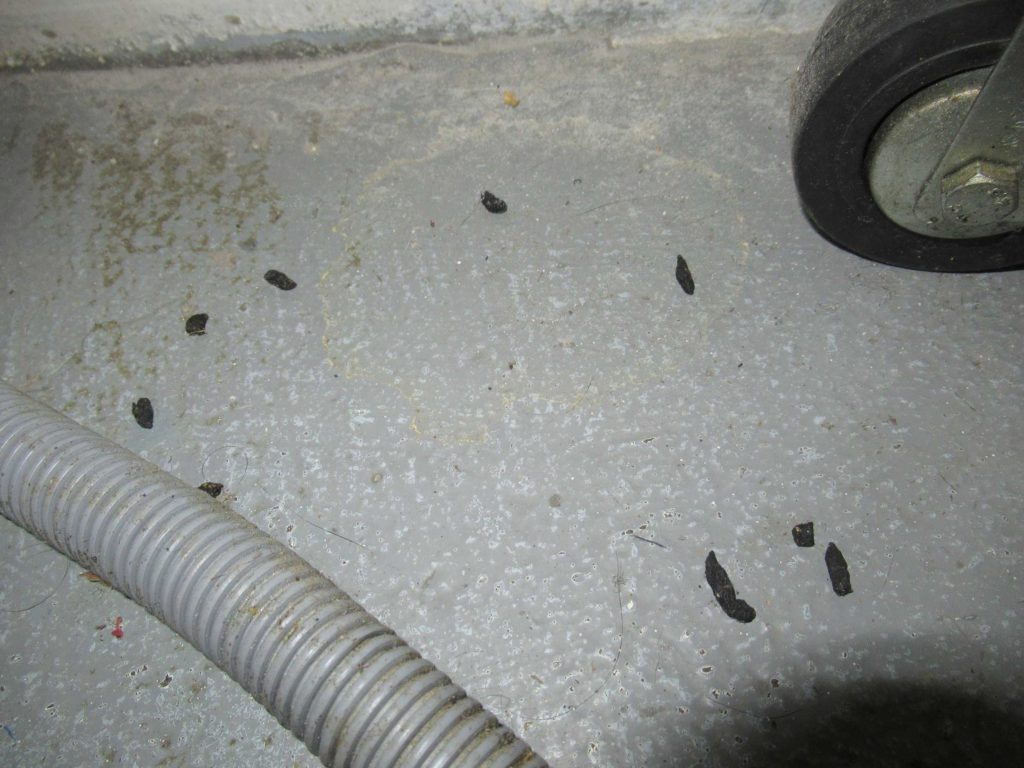
15The London outlets were also fined thousands of pounds for “serious food hygiene breaches”.
Waltham Forest Council shared the shocking images from its various food hygiene inspections last month.
Disgusting images show the corpse of a heavily decomposed rat found at the back of Sea Breeze fish and chip shop in Woodford Green, North East London.
Other photos show mouldy bread rolls for sale, animal droppings, and gnawed cables inside the freezer.
During the inspection on July 17, council staff also found an inadequate supply of soap by the kitchen basin meaning “staff were not cleaning their hands properly when serving customers”.
The company was fined £845 at Thames Magistrate Court on July 24 and ordered to close immediately.
Rat in hotpot shocks pregnant woman, shuts down restaurant in eastern China
South China Mornig Post │September 10, 2018

A man from Weifang surnamed Ma said he and his family were eating at the restaurant on Thursday night when, after a few bites, his wife found a dead rat in the soup.
Shanghai-based Kankan News quoted Ma as saying that restaurant staff had told him: “If you are worried about the baby, then we’ll give you 20,000 yuan (US$3,000) to abort it.”
The woman said she was halfway through her dinner when she found quite a few white worms in the soup. She immediately called restaurant staff who told her they were high protein and swallowed a worm to show her. There were no reports on whether authorities had intervened.
Use of mechanical traps and glue boards is common. But are they effective? The mechanical trap no longer works after an occurrence of mechanical error, while the glue boards are more dangerous when humans and pets are around. Pest control is absolutely dangerous due to their side effects. The toxic chemicals are extremely hazardous to be used near food preparation areas.
So what can be an effective remedy to keep the rodents and other pests away from the restaurants?
At C Tech Corporation we provide you with an effective solution. Our product RodrepelTM is developed by using green technology. It is an extremely low concern, low toxic, low hazard and non-mutagenic animal aversive. It is durable under extreme climatic conditions.
Our product does not cause harm to target as well as non-targeted species. It just repels them from the applied product. It works on the mechanism of repellency.
RodrepelTM is available in the form of a
The RodrepelTM rodent repellent spray is an easy to use
Liquid concentrate can be mixed in paints in a pre-determined ratio and be applied to the interior and exterior of restaurants, ceilings, storage rooms, washrooms, etc. to repel rodents from the area required.
Our product in the form of lacquer can be directly applied to the already installed application such as furniture, attics, wooden fences, sewage pipes, wires, cables, etc. The lacquer is compatible with most of the surfaces like metal, wood, concrete, polymer, ceramic etc.
Masterbatch can be incorporated into polymeric applications like water pipes, wires, cables, polymeric equipment from restaurants, etc. This would result in the final application being rodent repellent.
Hence by using RodrepelTM in the restaurants, rodent damage can be prevented effectively and considerably.
Contact us at technical.marketing@ctechcorporation.com if you’re facing problems with rodents and get best remedies to combat the pest menace.
Also, visit our websites:
http://www.ctechcorporation.com/
http://www.rodrepel.com/
http://www.termirepel.com/
http://www.combirepel.com/
Follow our Facebook pages at:
1] https://www.facebook.com/Combirepel-411710912249274/
2] https://www.facebook.com/Termirepel-104225413091251/ 3] https://www.facebook.com/Rodrepel-120734974768048/
Follow us on our Twitter pages at:
1] https://twitter.com/rodrepel
2] https://twitter.com/termirepel
3] https://twitter.com/combirepel

 The fact about all rodents is that they have incisors that never stop growing. They gnaw continuously to keep their choppers in check. Otherwise, their teeth would grow to such an impractical length that they would starve and die.
The fact about all rodents is that they have incisors that never stop growing. They gnaw continuously to keep their choppers in check. Otherwise, their teeth would grow to such an impractical length that they would starve and die.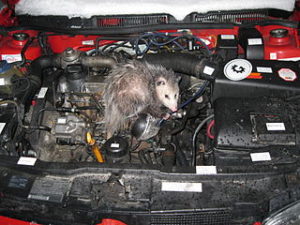 Plant-based wiring and furnishing in the car provide materials to rodents to build nests. Animals like a rat, pine marten, etc. have a pair of incisors which grow throughout their lives and to keep them in check they chew on anything sharp and hard like our automotive wirings, floor carpet, door cladding, etc. Also, these animals are attracted to the cars for warmth and shelter. Food stored in the cars attracts more animals.
Plant-based wiring and furnishing in the car provide materials to rodents to build nests. Animals like a rat, pine marten, etc. have a pair of incisors which grow throughout their lives and to keep them in check they chew on anything sharp and hard like our automotive wirings, floor carpet, door cladding, etc. Also, these animals are attracted to the cars for warmth and shelter. Food stored in the cars attracts more animals.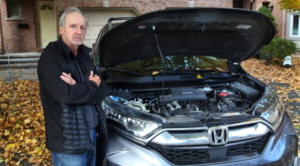 Lenard Broadhead says biodegradable materials used in his new Honda are so “eco-friendly,” hungry squirrels find them irresistible.
Lenard Broadhead says biodegradable materials used in his new Honda are so “eco-friendly,” hungry squirrels find them irresistible. Since at least 2010, soy-based bio-plastics have been a popular alternative for wiring insulation in automobiles. But there’s a problem — rodents love how it tastes. This has allegedly resulted in a surprisingly high number of owners reporting that rats chewed through the wiring inside their automobile.
Since at least 2010, soy-based bio-plastics have been a popular alternative for wiring insulation in automobiles. But there’s a problem — rodents love how it tastes. This has allegedly resulted in a surprisingly high number of owners reporting that rats chewed through the wiring inside their automobile.
 You can find rats or mice entering your house even when you have designed a rodent-proof house?!
You can find rats or mice entering your house even when you have designed a rodent-proof house?!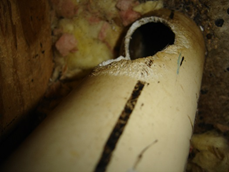 Many a times rodents gnaw on water supply pipes making holes in them. This results in unnecessary flow and wastage of water.
Many a times rodents gnaw on water supply pipes making holes in them. This results in unnecessary flow and wastage of water.
 One often plans a lot before buying it, let it be the car model or the car type! After these all efforts made to buy a car, imagine the car being attacked by pest like rodents! Such a mishap isn’t it!
One often plans a lot before buying it, let it be the car model or the car type! After these all efforts made to buy a car, imagine the car being attacked by pest like rodents! Such a mishap isn’t it!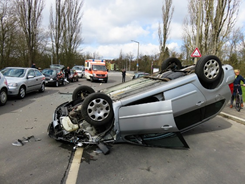 Vehicles possess the ideal attributes that attract rodents, including shelter and built-up warmth from commutes. With rodent populations well established in virtually every neighborhood it’s not just a matter of chance, but a matter of time, before a home encounters an infestation.
Vehicles possess the ideal attributes that attract rodents, including shelter and built-up warmth from commutes. With rodent populations well established in virtually every neighborhood it’s not just a matter of chance, but a matter of time, before a home encounters an infestation.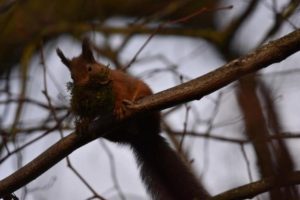
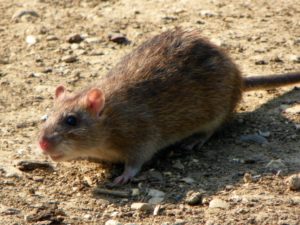 Pest menace in the agricultural sector is one of the most significant issues today in India which needs to be addressed immediately. Rodents cause millions of dollars in damages to field crops, stored grain and farm equipment every year. Apart from unpredictable rains, droughts and natural disasters insects are also the major contributors in lowering the agricultural yield every year. The damages can be categorized into two types, pre-harvest damages, and post-harvest damages. Harvest and post-harvest loss of India’s major agricultural production are estimated at Rs. 92,651crore ($13 billion) according to data published by the Ministry of food processing industries on August 9, 2016. The loss is almost three times as high as the budget for the agriculture sector.
Pest menace in the agricultural sector is one of the most significant issues today in India which needs to be addressed immediately. Rodents cause millions of dollars in damages to field crops, stored grain and farm equipment every year. Apart from unpredictable rains, droughts and natural disasters insects are also the major contributors in lowering the agricultural yield every year. The damages can be categorized into two types, pre-harvest damages, and post-harvest damages. Harvest and post-harvest loss of India’s major agricultural production are estimated at Rs. 92,651crore ($13 billion) according to data published by the Ministry of food processing industries on August 9, 2016. The loss is almost three times as high as the budget for the agriculture sector.